Goodness, truth, and beauty—pursuing these three famous ideals are core to our health as individuals and as communities. I confess, however, that I probably pay least conscious attention to beauty. It seems to matter less than the others, to make less of a difference.
Enter Russ Ramsey and perhaps the finest book I’ve read this year—Rembrandt Is in the Wind. He offers a wonderful presentation on the worth and importance of beauty in our lives. But he does much more than that.
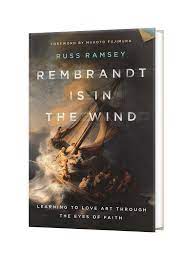 Ramsey is a consummate storyteller. In nine chapters he highlights nine artists from the last five hundred years of the Western world. In each he tells the story of the artist, or of a particular artwork, or of the subject of the art. The tales and their backstories are fascinating and engrossing. Ramsey weaves together mysteries, human drama and more into compelling tapestries.
Ramsey is a consummate storyteller. In nine chapters he highlights nine artists from the last five hundred years of the Western world. In each he tells the story of the artist, or of a particular artwork, or of the subject of the art. The tales and their backstories are fascinating and engrossing. Ramsey weaves together mysteries, human drama and more into compelling tapestries.
We learn the hidden flaw in one of the most famous masterpieces in the world, as well as discovering the long-held secret of Vermeer’s paintings. We see how the revered work of one artist contrasts so thoroughly with his disreputable life, while also unearthing how an African American artist subverted the standard genres and expectations of his day. Finally, we are confronted with a woman who, inexplicably for some, abandoned the path leading to the pinnacle of her art.
Still I am not doing justice to this marvelous book. Ramsey infuses each chapter with remarkable insights into the artworks themselves and the people he portrays. And more than that, with understated artistry, Ramsey weaves in moving reflections on what it all means for our humanity and our lives before God.
Here is a book of wisdom, of grace, and of beauty.



 My friends were somewhat surprised at this. They thought the text said what it meant. No more oceans.
My friends were somewhat surprised at this. They thought the text said what it meant. No more oceans.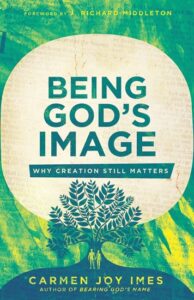 Carmen Joy Imes, in
Carmen Joy Imes, in  Another traumatic event came in fifth grade. The teacher had us all stand around the perimeter of the room for a spelling bee. Somehow I was confident I would be standing a long time. My first word was swimming, and I knew I’d nail it. Only I spelled it with just one m, and in disappointment and shame I was told to sit down. I was stunned. How could that not be the right spelling ? To this day, I still wonder if that extra m is really necessary. Would anyone seriously be tempted to pronounce swiming with a long i?
Another traumatic event came in fifth grade. The teacher had us all stand around the perimeter of the room for a spelling bee. Somehow I was confident I would be standing a long time. My first word was swimming, and I knew I’d nail it. Only I spelled it with just one m, and in disappointment and shame I was told to sit down. I was stunned. How could that not be the right spelling ? To this day, I still wonder if that extra m is really necessary. Would anyone seriously be tempted to pronounce swiming with a long i? Is there a virtue in being a good speller for its own sake? I’m not sure. Is there value in memorizing the number pi to a hundred digits? Certainly as mental exercise. Perhaps not much more.
Is there a virtue in being a good speller for its own sake? I’m not sure. Is there value in memorizing the number pi to a hundred digits? Certainly as mental exercise. Perhaps not much more.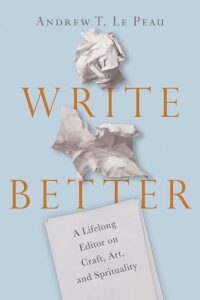
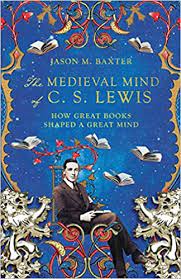
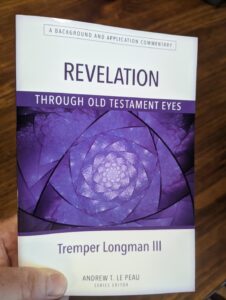
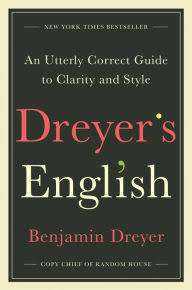
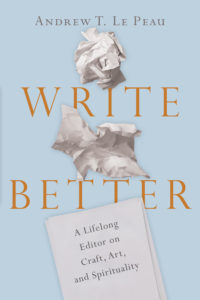
 Then Cooper said, “Can I ask a question? Do you feel you are entitled to the truth?”
Then Cooper said, “Can I ask a question? Do you feel you are entitled to the truth?”